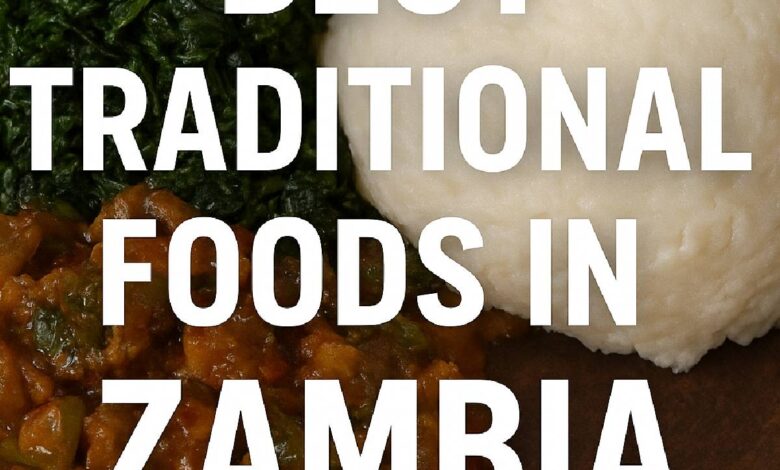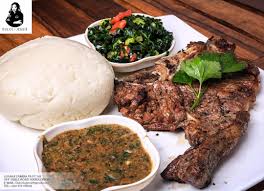Best Traditional Foods in Zambia – Must-Try Local Dishes

Zambia is a country rich in culture, history, and, most importantly, flavor. Its traditional cuisine tells a story of heritage, local ingredients, and diverse regional influences. From the beloved nshima to savory relishes, Zambia’s culinary landscape is a treasure trove for food lovers. Whether you are a local wanting to reconnect with your roots or a visitor eager to experience authentic Zambian cuisine, exploring traditional foods is an essential part of the journey.
In this article, we highlight the best traditional foods in Zambia, providing insights into what makes each dish unique and where you can try them. These are dishes that have stood the test of time, cherished in households, markets, and restaurants across the country.
Top Traditional Foods in Zambia
Nshima – Zambia’s Staple Dish
No discussion about Zambian cuisine is complete without nshima, the staple made from ground maize. It is typically served as the main part of every meal and paired with various relishes such as vegetables, meats, or fish. Nshima has a firm texture, making it perfect for scooping up flavorful sauces. From daily household meals to ceremonial feasts, nshima is central to Zambia’s food culture.





